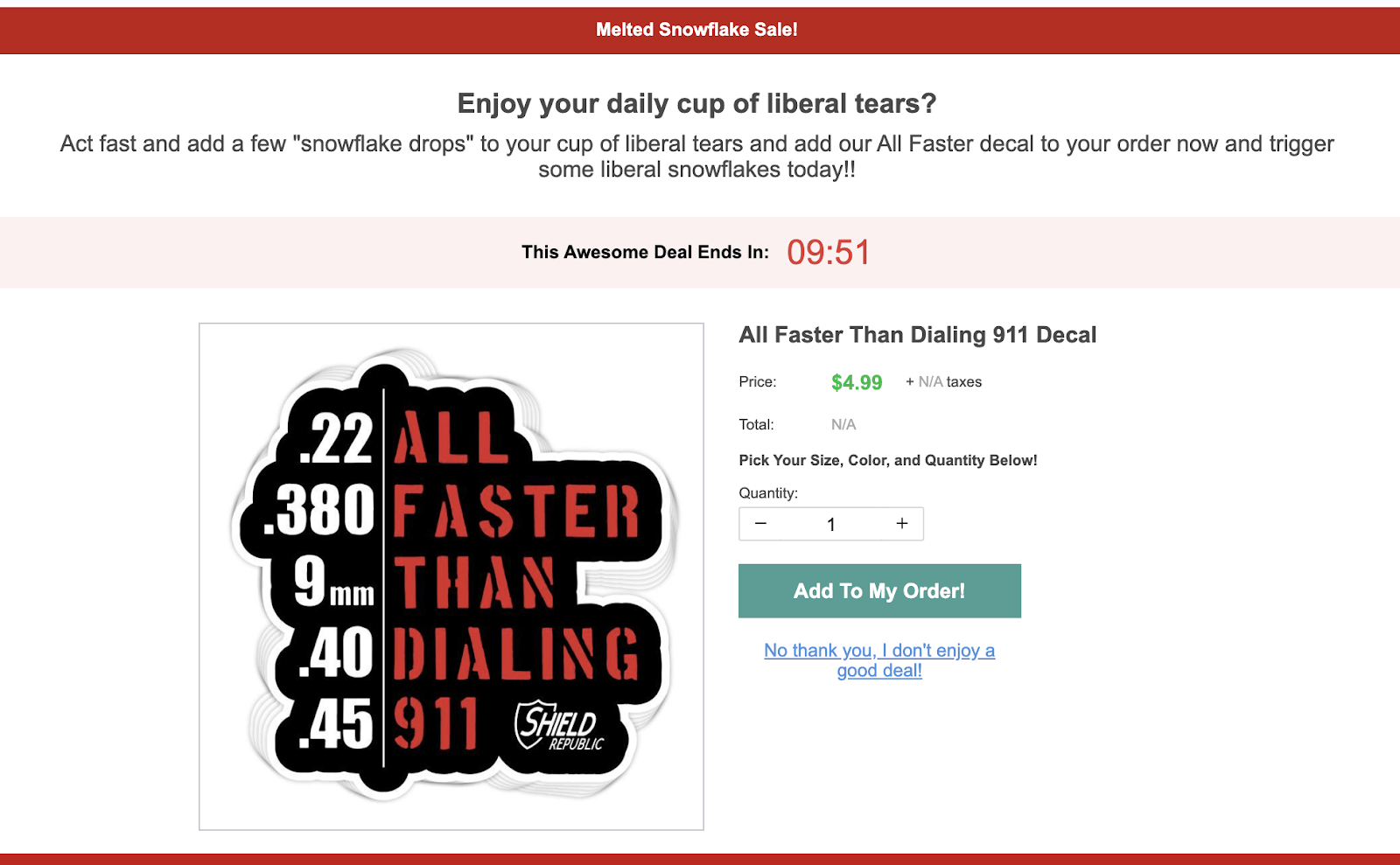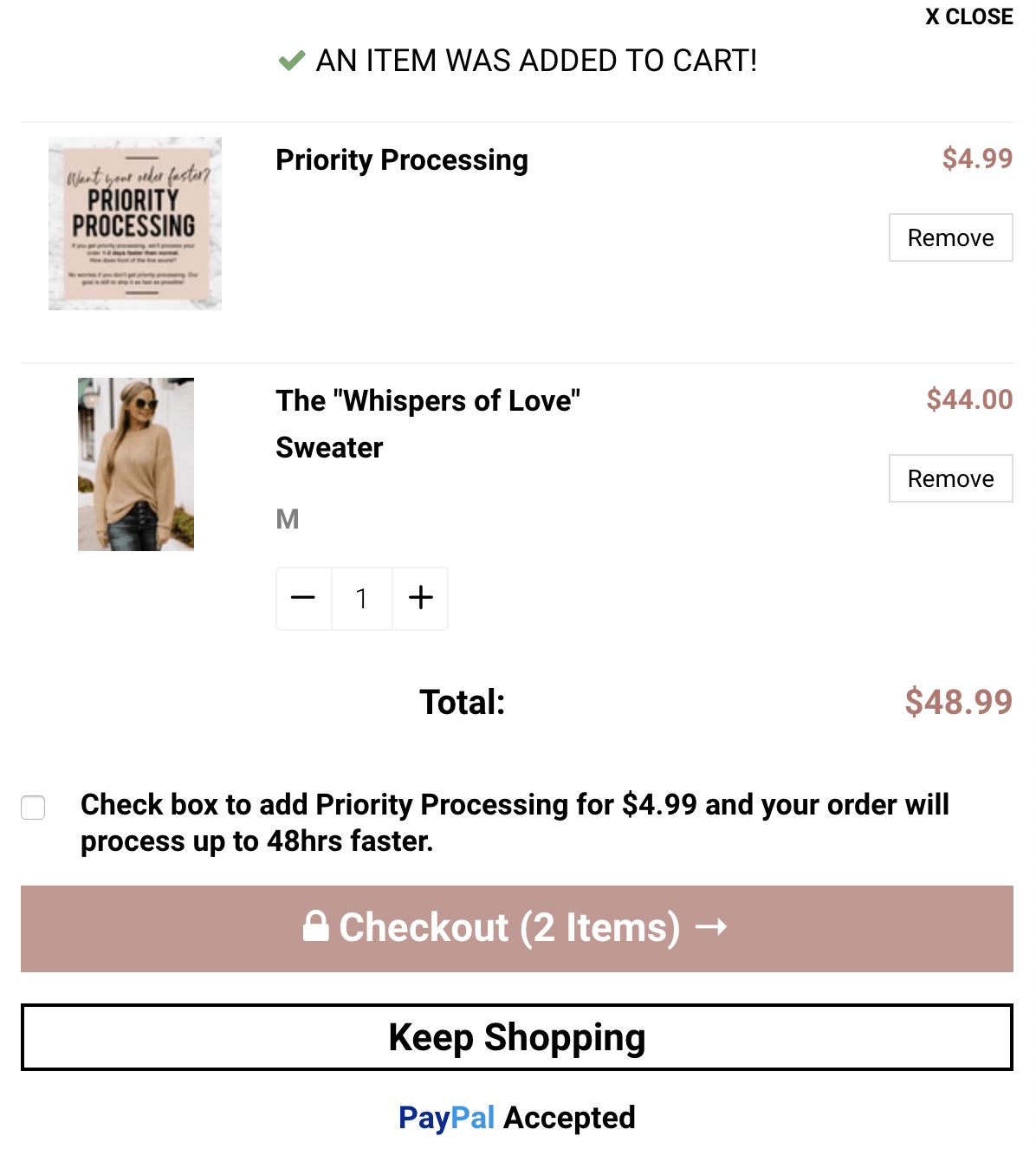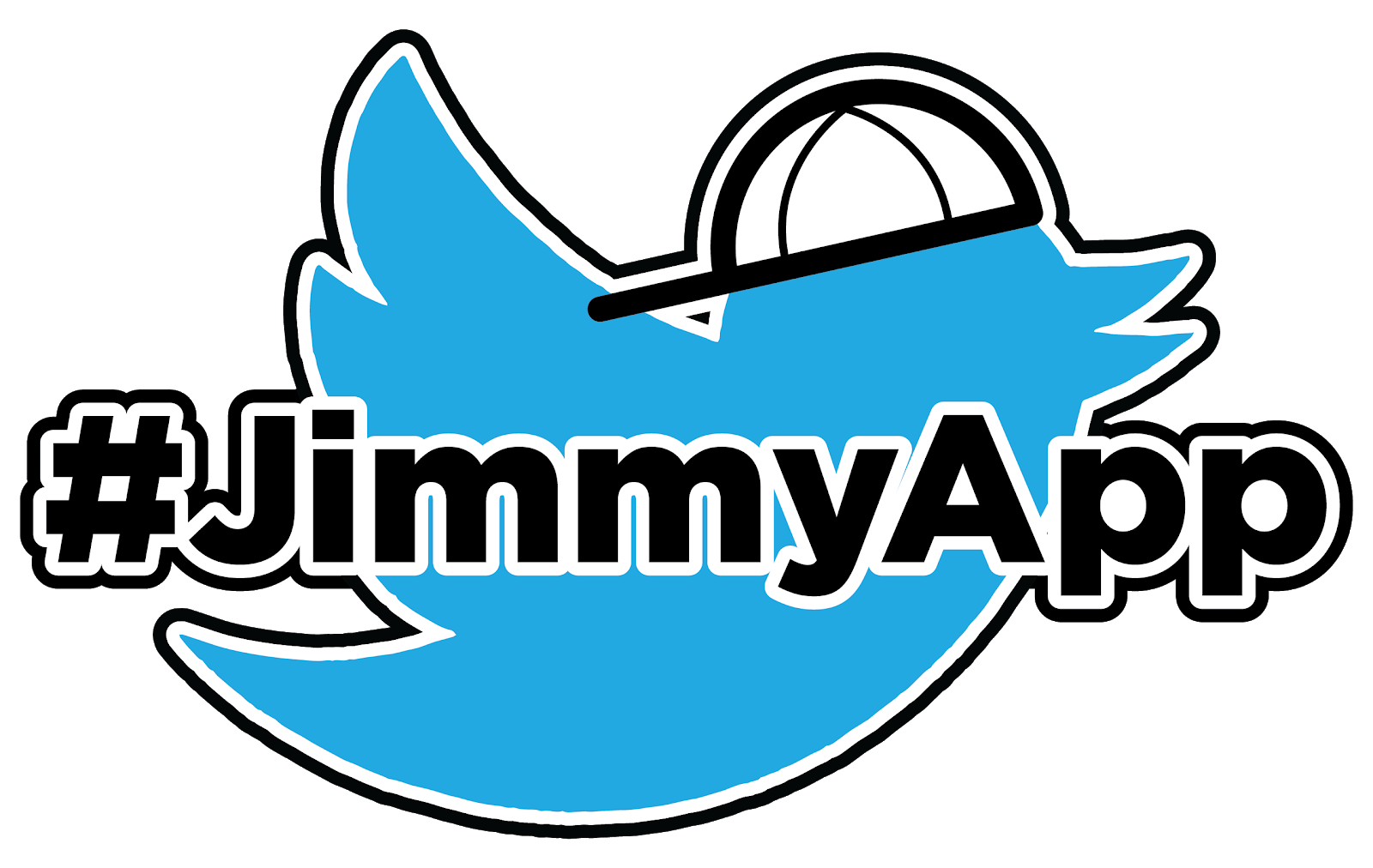Why Settle for a Drizzle When You Can MAKE IT RAIN! (Upsells, Cross Sells and Down Sells for Dummies)

james backenstose | Mar 03, 2020
Reading Time: 6 minutesFirst and foremost, what is the definition of an upsell, cross-sell and down-sell?
- Upselling is a sales technique where a seller induces the customer to purchase more expensive items, upgrades or other add-ons, in an attempt to make a more profitable sale. In practice, large businesses usually combine upselling and cross-selling to maximize profit.
- Cross-Selling is a sales technique used to get a customer to spend more, by purchasing a product that’s related to what’s being bought already.
- Down-Selling is the art of narrowing a customer’s expectations and matching them more effectively with a solution that best fulfills their needs or desires. In this instance, the salesperson is simply meeting their own agenda and getting the customer to pay for it.
Upselling
It’s easy to confuse upselling with cross-selling. Upselling typically involves trading up to a better version of what’s being purchased, while cross-selling involves offering the customer a related product or service.
So, let’s break down upselling before diving into comparing the two.
Below are some examples of upsells that everyone can relate to:
- An airline prompting a passenger flying in coach to upgrade to first-class as part of the airline check-in process
- A customer being offered a “better” version of the product (or perhaps a product with more options, features, etc.) after clicking “Add to Cart” on a site
- Offering the customer a second item at a discounted price
- Having a free shipping threshold amount (e.g., all orders over $75 ship free) and then offering the customer another product … which increases the chance of them buying more (because they want to avoid extra charges at checkout)
When do I offer an upsell?
Now, the critical thing with upsells is knowing when to offer them. This can be tricky … because you don’t want to bombard the customer with pop-ups or offers throughout the site and end up causing them to bounce.
Through endless testing procedures, we have found that the best time (without question) to offer the customer an upsell is post-purchase. This is done with something called delayed payment capture … where you wait to process your customers’ payment until they have responded to (i.e., either accepted or rejected) your upsell offer.
So, after they click “complete order,” their credit card is authorized for their order amount. And this is where the upsell comes into play. Instead of being taken to a thank you or confirmation page, they are directed to your upsell page. Here, they are ideally offered a product that relates to what they have purchased. And, since you already paid to acquire this customer, the ROI on the upsell is the best it can be.
Whether they decline or accept the upsell, it’s at this point that their credit card is charged for either the original order amount (if upsell is declined) or the original order amount plus the upsell value. After all, your goal should always be to break even on the front-end acquisition costs … which then tremendously increases ROI on all accepted upsells.
Here’s a prime example of a post-purchase upsell:

Cross-Selling
Amazon reportedly attributes as much as 35 percent of its sales to cross-selling through “customers who bought this item also bought” and “frequently bought together” options on every product page.
Examples of cross-selling include:
- “Shop the Look” feature on product pages, where a customer can add items that the model in the main product image is wearing (shoes, belt, handbags, etc.)
- Pop-up after add-to-cart is clicked, asking the customer if they would like to add priority processing so their order processes faster
- “Related Products” section on the product page offering a variety of products that are frequently bought with that product
Where is the best place in the funnel to offer a cross-sell?
Cross-sells can be offered to the customer at a variety of points throughout their sales journey, but the most common place to present them is on the product page.
You want to avoid cross-selling in the cart, because by that time, the customer is no longer browsing and is much closer to reaching your end goal: the completed purchase.
It’s also important to avoid disrupting the customer journey with endless pop-ups and offers that are sure to result in a high bounce rate.
Here’s a great pre-purchase cross-sell example:

Down-Sells
Down-selling is another marketing practice used to suggest related products to a customer who is about to buy something.
When placing an online food order, you may be shown a list of beverages that would compliment your dish before checking out. Or, maybe you’ll see a certain salad that other patrons frequently purchase with the entrée you’re ordering, and you may like the same combination. Although the above hypotheticals specifically apply to the food service industry, the same practice and technique is used in ecommerce.
A couple ways to down-sell:
- When a customer declines a post-purchase upsell, offer them a lower-priced product as a final offer.
- When a customer declines an upsell, present them with a “last chance” offer of the same product at a lower price, or perhaps free shipping if they add the item to their order.
When is the best time to offer a down-sell?
Down-sells typically have the highest take rate of the three “sells” … mainly because the cost to the client is much cheaper than the actual product they initially purchased/viewed.
This is also great for the store owner, because the down-sell products should have awesome margins (i.e., your cost of goods should be very low and thus result in incredible ROI when the down-sell is taken).
Post-purchase down-sell example:

Pre-Purchase Down-Sell Example:

Best Practices
Here’s a list of best-practice guidelines to follow as you upsell, cross-sell and down-sell your way to more revenue:
- Avoid recommending products or services that are significantly more expensive than the product being purchased.
- Don’t be too pushy or aggressive. Accept “no thank you” as a response.
- Focus on your customers’ needs and how the value-added offer will help meet those needs.
- Upsell when possible and appropriate so that no opportunity is missed.
- Offer side-by-side comparisons to plainly show the customer the value in the premium version.
- Educate your customers as part of the upsell so they understand the risk of not taking advantage of the offer.
- Offer an in-the-moment-only discounted price to encourage the customer to make an immediate decision.
Conclusion
As an owner of an ecommerce store, the goal is not to profit from customer acquisitions, but rather to break even (which is always a win).
With that being said, if you’re breaking even on an ad level, but not offering any of the above “sells,” then you are missing out on MASSIVE revenue.
Find the “sweet spot” for your store … where you offer a “sell” that not only maximizes your profit, but that most importantly does not disrupt the customers’ journey and/or increase bounce rates!
Tips to Achieve High “Sell” Conversion Rates
- If your niche is apparel, the best post-purchase item to offer is another piece of apparel with a design that directly relates to the main item purchased (e.g., a dog lover-related purchase should offer a dog lover-related product as an upsell).
- You can never go wrong offering “Priority Processing” as a down-sell (or even as an upsell) in the cart. In theory, you are selling air … but your ROI is 100 percent.
- Since Shopify does not offer post-purchase upsells, we utilize the Zipify OneClickUpsell app, which is based off of tags … so you can have hundreds of funnels running at once, with each upsell relating to the direct design or product the customer purchased. This is a separate checkout from the standard Shopify one and can be customized to a great extent.
- Another great down-sell that most everyone loves is decals or stickers. High conversion rates are achieved when down-sells offer decals matching the exact design of the primary product.
- Also, Zipify OneClickUpsell allows split testing, so you can experiment with copy, offers, discounts, etc. and go with the one that makes you the most money!
- If your return customer rate is very low (maybe due to the fact that it’s just apparel products someone wants to buy once), I suggest hitting them with as many offers as possible to achieve maximum revenue. As long as it’s post-purchase and they are very unlikely to return to your store again, there is no “downside” to offering 3-4 upsells and 3-4 downsells. Just make sure they are post-purchase only!
Stay tuned for Part 2 of the upsell, down-sell and cross-sell discussion, where I’ll be deep-diving into more product-specific examples that can (without question) help you 20x your revenue!

Until next time,
James



Table of Contents
First and foremost, what is the definition of an upsell, cross-sell and down-sell?UpsellingWhen do I offer an upsell?Cross-SellingWhere is the best place in the funnel to offer a cross-sell?Down-SellsWhen is the best time to offer a down-sell?Best PracticesConclusionTips to Achieve High “Sell” Conversion RatesTable of ContentsAbout the authorLeave a Comment Cancel ReplyAbout the author
james backenstose
Introducing the one-of-a-kind, James, more familiarly hailed as the world's unique JimmyApp! Since his embarkation on the journey with Build Grow Scale (BGS) back in November 2017, he's proven to be the company's stalwart, seasoned Revenue Optimization expert—the one with the longest standing tenure. He skillfully helms BGS's largest revenue-generating store, with a dynamic blend of professionalism, acumen, and innovation. • No problem is too complex for James. Whether it's a trivial hiccup or a formidable conundrum, he's your go-to solution virtuoso. His uncanny ability to troubleshoot issues is something to behold, solving them personally 90% of the time. And in those rare instances when the solution eludes his reach, rest assured, he's got a Rolodex of contacts who can step in and get the job done. • But don't let his professionalism deceive you. Behind the knowledgeable facade, there's a jester who never misses an opportunity to infuse the workday with playful antics and quick-witted humor. He has an inherent talent to keep the team motivated while having a laugh, an integral part of his personality that has become a cherished staple at BGS. Alongside this, his day-to-day supportiveness is invaluable, always lending a hand or offering a word of encouragement when needed. • In summary, James, our in-house JimmyApp, is a harmonious blend of wit, fun, professionalism, and remarkable problem-solving prowess. His undeniable presence is felt each day at BGS, making the business world a little less serious and a lot more successful!



